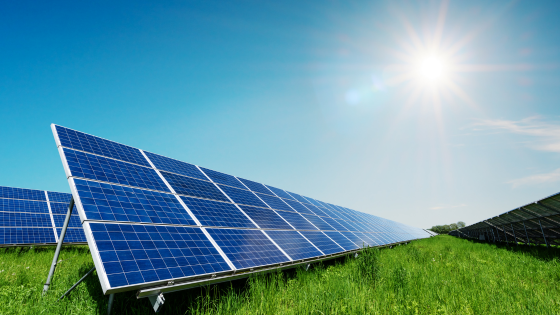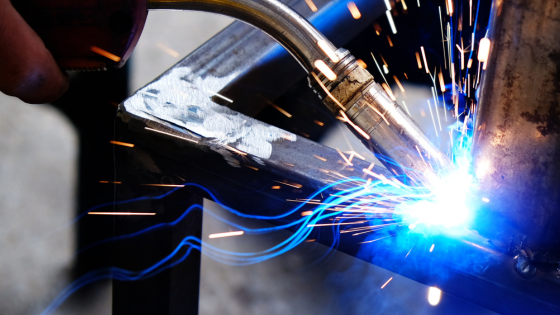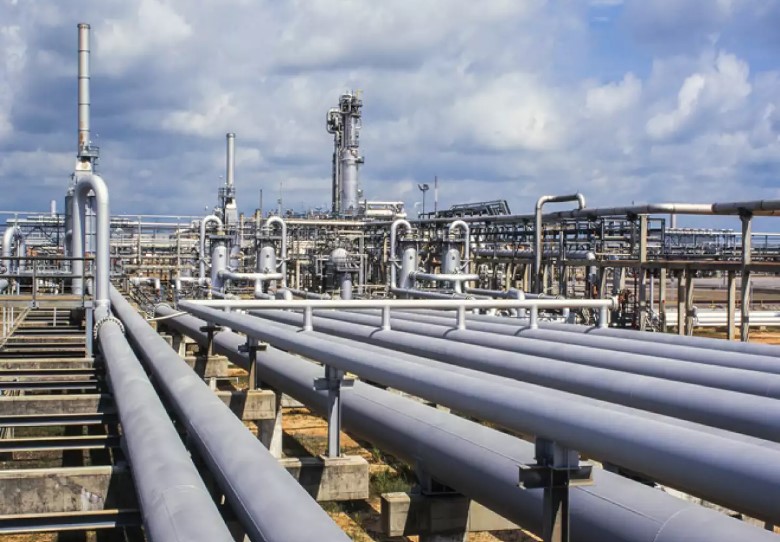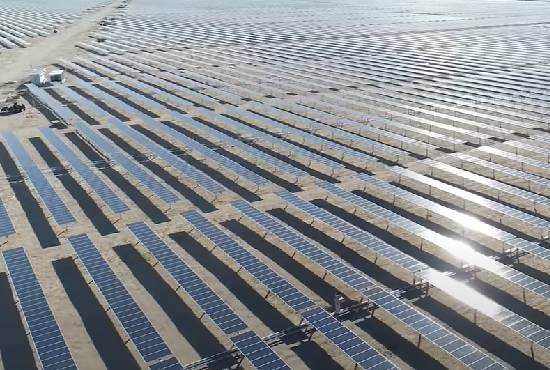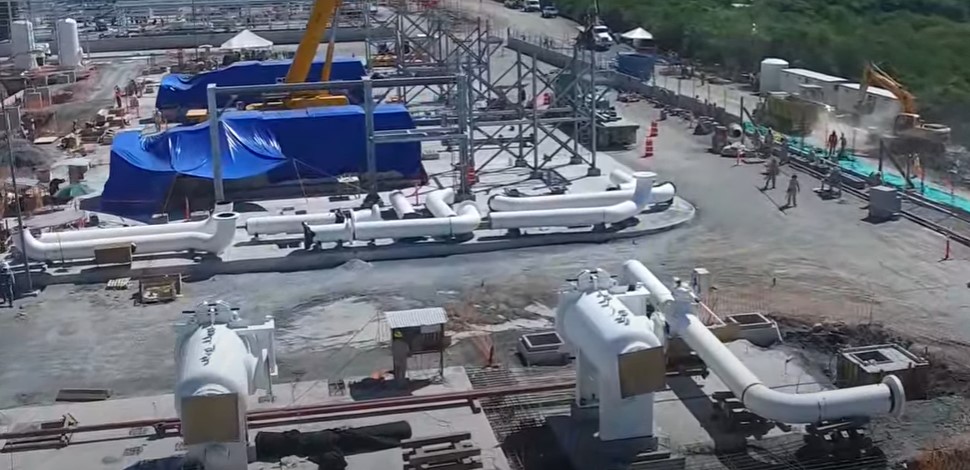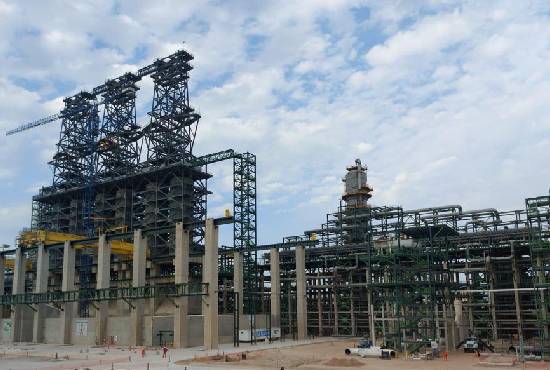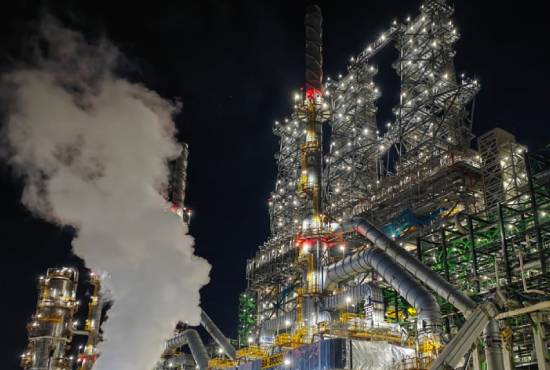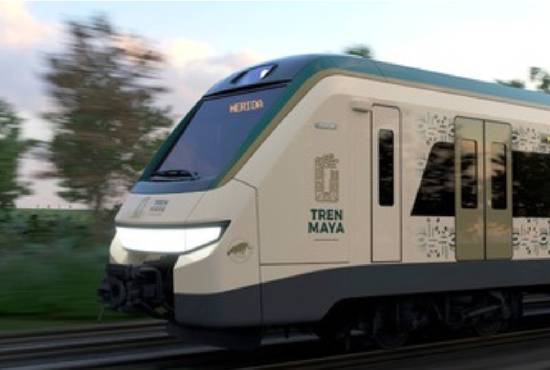PHOTOVOLTAIC PARKS ARE ON THE RISE
Hello blogger friend, today I bring you a blog about a very interesting topic.
Nowadays the demand for renewable energy has increased, especially because many industries are constantly advancing in technologies and production methods, which sometimes requires them to use large amounts of energy, this is where I give entry to our topic which is photovoltaic energy.
WHAT IS PHOTOVOLTAIC ENERGY?
It is a source of energy that produces electricity of renewable origin, obtained directly from solar radiation by means of a semiconductor device called a photovoltaic cell or by means of a deposition of metals on a substrate called a thin film solar cell.
With this type of energy we can also, in addition to obtaining large amounts of electricity, power various applications and autonomous devices, set up mountain shelters or homes isolated from an electrical grid.
Note: They began to be mass-produced in 2000, when German environmentalists and the Eurosolar organization obtained funding for the creation of ten million solar roofs.
Another phenomenal characteristic of this type of energy is that it does not emit any type of pollution during its operation, thus avoiding the emission of greenhouse gases.
The disadvantage that is perhaps the most notorious is that its production depends on solar radiation, so if the cell is not aligned perpendicularly to the sun, between 10% and 25% of the incident energy is lost.
Likewise, production is affected by adverse weather conditions, which means that in order to guarantee electricity supply it is necessary to supplement this energy with other manageable energy sources, such as fossil fuel burning plants, hydroelectric power or nuclear energy.
Note: Did you know that the photovoltaic effect was first recognized about ten years earlier, in 1839, by the French physicist Alexandre-Edmond Becquerel, but the first solar cell was not manufactured until 1883 and its creator was Charles Fritts.
Photovoltaic energy has diverse applications such as: telecommunications and signaling, off-grid devices, rural electrification, pumping systems, solar-diesel hybrid systems, maritime transportation and navigation, building-integrated photovoltaics, grid-connected photovoltaics, among others.
We will now focus on solar photovoltaic plants or photovoltaic parks specifically.
Photovoltaic farms are large power generation groups, generally connected to the medium voltage (MV) electrical distribution network. They can be made up of a large number of individual photovoltaic generators of various powers, ranging from 5kW to 100kW, belonging to different owners.
Photovoltaic parks are usually built in rural areas, on land that cannot be used for other purposes or simply are not covered by any special protection zoning.
The Parks allow the unification of common services and infrastructures, which implies:
- Optimize costs and expenses.
- Obtain greater operational guarantees.
- Possibility of being an energy producer without owning land to locate the facility.
Do you know what are the components of a photovoltaic park?
A solar photovoltaic plant has different elements that allow its operation, such as photovoltaic panels for the collection of solar radiation, and inverters for the transformation of direct current into alternating current. These elements are also very important:
Photovoltaic solar panels. The most commonly used cells in photovoltaic panels are made of silicon, and can be divided into three subcategories: monocrystalline silicon cells, this type of cell has a uniform dark blue color, polycrystalline silicon cells (also called multicrystalline), characterized by a more intense blue color, amorphous silicon cells, these are less efficient than crystalline silicon cells, but also less expensive. This type of cell is, for example, used in solar applications such as watches or calculators.
Inverters. The direct electric current provided by the photovoltaic modules can be transformed into alternating current by means of an electronic device called inverter and injected into the electric grid (for energy sale) or into the internal grid (for self-consumption).
Solar trackers. The use of one or two-axis trackers can considerably increase solar production, and there are several types, such as two-axis: the surface always remains perpendicular to the Sun, polar axis: the surface rotates on an axis oriented to the south and inclined at an angle equal to the latitude, azimuthal axis: the surface rotates on a vertical axis, the angle of the surface is constant and equal to the latitude and horizontal axis: the surface rotates on a horizontal axis and oriented in a north-south direction.
Wiring. Element that transports electrical energy from its generation to its subsequent distribution and transportation.
Concentrated photovoltaic plants. Another type of technology in photovoltaic plants are those that use a concentration technology called CPV (Concentrated Photovoltaics) to maximize the solar energy received by the installation.
Now I will mention some photovoltaic parks that are in process in Mexico:
In Sonora, one of our most important customers, the construction of the "Iberdrola" photovoltaic park has progressed, thanks to this project, which began in June, generating more than 500 direct jobs.
Meanwhile in Yucatán, the K'iin photovoltaic park obtained the necessary environmental permits in January. This park will install and operate 115,478 monocrystalline photovoltaic modules of 330 watts and 500 inverters from the manufacturing company Huawei. The total area of the project is 116.84 hectares, divided into two lots.
Another very important project in Coahuila, the largest photovoltaic park in the state, the Villanueva park, was inaugurated with 80% completion in March.
The Villanueva project required an investment of approximately 650 million pesos and is the second largest in the world and the largest in Latin America. It consists of 3,000 hectares, 2,400 of which will have 2,355,570 panels, which will generate 1.7 gigawatts (GW) per year, equivalent to the energy required by 1.3 million Mexican homes.
It's great, isn't it? That our country is advancing more and more. These projects are very important in many ways, not only because of the energy they generate, but also because of the flow that benefits the economy and the jobs they provide to thousands of people.
Well, we have reached the end of our blog today, I really hope you found it very interesting.
Remember that, for any doubt or suggestion, you can leave me your comment, I will accept them with pleasure. For requests likewise.
See you next time.
